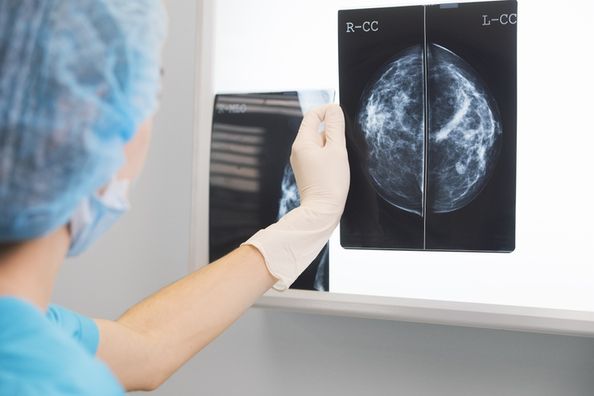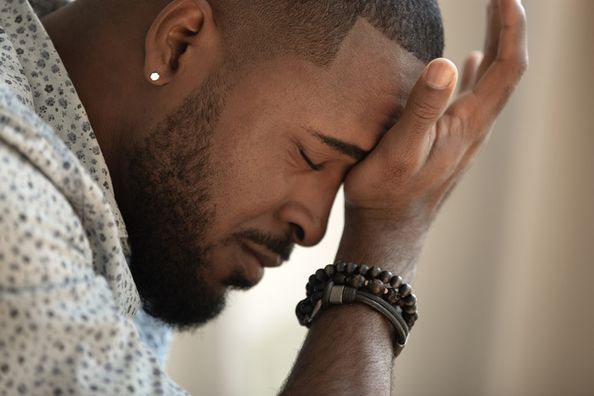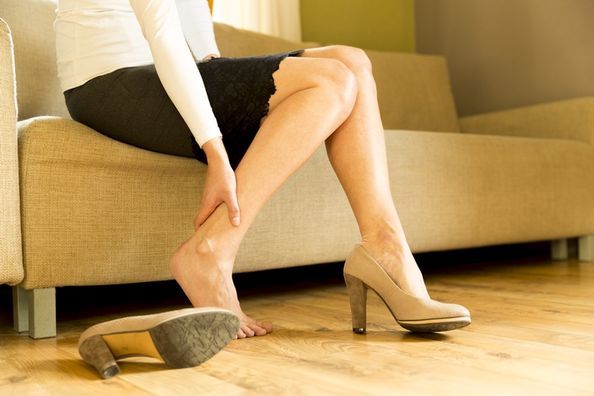
High Risk Breast Clinic: A Patient’s Experience
“I was scared, but I knew it had to be done.”

“I was scared, but I knew it had to be done.”

When you are going through cancer treatment, and more specifically chemotherapy, your health care team is there to make sure you are comfortable. You will have the luxury of your own private reclining chair along with medications to help manage side effects but bringing a favorite book, movie, blanket or friend can also provide comfort during your treatments. The number of chemotherapy sessions and duration of each treatment will vary from patient to patient and even visit to visit, but it is helpful if you bring some things to help pass the time and keep you comfortable while receiving treatment.

As temperatures drop and seasons change, it’s not uncommon to develop symptoms such as nasal congestion, sneezing, itchy eyes, coughing, facial pressure and body aches. You may shrug off these symptoms as nothing more than a head cold, but they may be caused by seasonal allergies or a sinus infection which may require different treatments to resolve. To help you determine what’s behind your symptoms, board-certified otolaryngologist (ENT), Feodor Ung, MD, shares differences between colds, allergies and sinus infections and how you can get symptom relief.

Everyday life can seem like a balancing act. The demands that come from our family and work often make putting our own health last on our priority list.

Many people experience joint pain, especially in the hands. Joint pain becomes particularly more prevalent as we age. It is important to distinguish pain that is due to inflammation in the joints, from pain that is due to degeneration of bone and cartilage.

Placement of ear tubes in children is often performed at the hospital or at The Surgical Center of DuPage Medical Group. The procedure is performed under general anesthesia that is administered by a mask. In most cases, no IV is required. Procedure length is variable, but often lasts about 15 minutes. Minimal bleeding from the ears can be expected. Once the child has awakened from anesthesia, is able to drink, and parents are comfortable, everyone can go home. Immediate recovery from anesthesia can last about an hour.

As you age, it is not uncommon for one or both eyelids to begin to sag or droop. This condition is known as ptosis, and can be caused by a variety of factors including your age, an injury, or another medical condition. In addition to the visible sagging, you may also experience soreness or aching around your eyes, and your face may appear tired.

Chances are you’ve experienced dizziness at some point in your life. That sensation of lightheadedness can be a symptom of many things — medication, heart and/or neurological conditions and head trauma. But what happens when that dizziness doesn’t go away, lasts for days and makes the room seem like it’s spinning even when you’re not moving?

Veins are blood vessels that carry blood back to the heart. To keep blood moving toward the heart, veins have one way valves. When the valves breakdown, blood does not flow well and can cause Chronic Venous Insufficiency (CVI) and varicose veins. The abnormal flow of blood is typically referred to as ‘reflux’ since the blood moves backwards and forwards. Venous reflux occurs most often in veins closest to the skin (superficial veins) and varicose veins can be blue, red, or flesh-colored. They typically look like cords under the skin and can be twisted or bulging. Spider veins are like varicose veins, but much smaller. The look like small tree branches on the surface of the skin.

Irritable bowel syndrome (IBS) is a functional disorder of the colon that causes a variety of uncomfortable gastrointestinal symptoms. In addition to affecting between 25 – 55 million people in the United States, IBS is the second highest cause of illness-related work absences. During normal digestion, your brain and gut work together to send signals to your hormones, nerves and the good bacteria found in your gut to activate the muscles of your colon. When you are experiencing an IBS episode, these signals become jumbled, causing the muscles of your digestive tract to become tense. This leads to symptoms such as constipation or diarrhea, gas and stomach cramping. IBS symptoms and their severity vary by person, but often include: